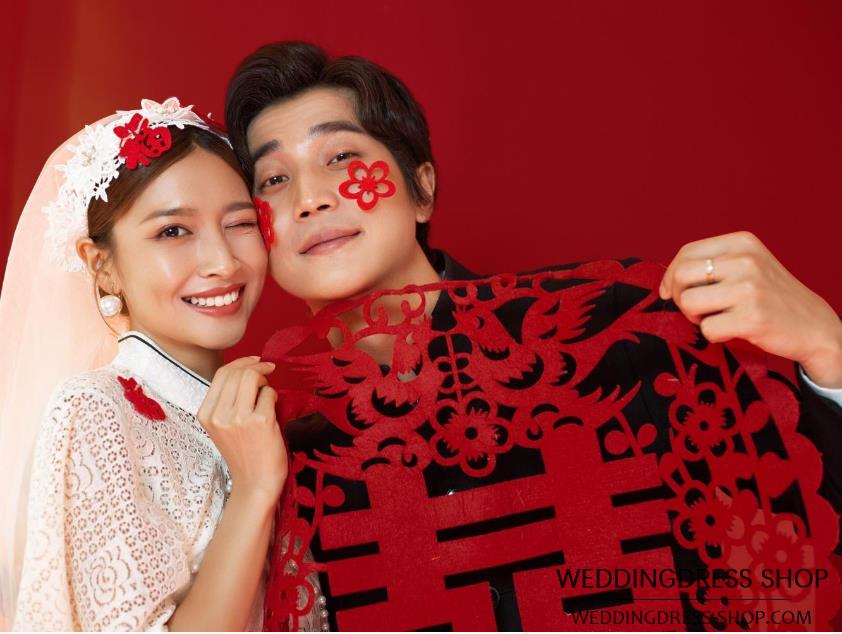The weddings of ancient people were usually held in the evening. Holding a wedding ceremony at night is a long-standing custom of the Chinese nation. According to a large amount of historical records, in ancient China, weddings in sedan chairs were usually held after dusk. Secondly, we can infer the ancient time of marriage from the word 'marriage' used in marriage. The word 'marriage' is the combination of 'woman' and 'dusk'. In ancient times, the word 'marriage' was written as' dusk '. Finally, there is a proverb that goes, 'Pick up the bride in the morning and pay respects at night,' which is also the best example of ancient people getting married after dusk.

Firstly, holding a wedding ceremony at night is a long-standing tradition of the Chinese nation. According to a large amount of historical records, in ancient China, the wedding ceremony in a sedan chair was usually held after dusk. Even the "Baihutong" says, "Those who get married pay their respects at dusk, so it is called marriage." This means that the best time to get married is at dusk when day and night alternate and yin and yang are in harmony.
Finally, there is a proverb that goes, 'Receive the bride in the morning and pay respects at night,' and 'marriage and fainting' sounds the same. This is also the best example of ancient people getting married at night, indicating that after the wedding at dusk, women need to change their surnames The most comprehensive and detailed list arrangement for the marriage process
The ancient wedding process
The ancient wedding process was divided into six steps:
1. Na Cai
This is the first of the six wedding customs, equivalent to the modern proposal of marriage. If a boy wants to marry a girl, he needs to find a matchmaker to arrange the marriage and bring the wedding gift with his parents to the girl's house. The general acceptance ceremony varies depending on the region.
2. Ask Name
This refers to the birthdays of both the man and the woman. If the woman accepts the wedding ceremony, she agrees to the marriage. At this point, the matchmaker will inquire about the girl's name and date of birth, calculate whether the two are compatible, and predict their future marriage fortune.
3. Najib
After the man knows the woman's birthday, he will go to the temple to find someone to calculate it. If the result is auspicious, the man will prepare the relevant gifts and matters for the wedding.
4. Na Zheng
Najib and Natsumi are usually conducted at the same time, with Natsumi being the act of the groom delivering the prepared dowry to the bride's home. Recruitment is an important procedure in engagement and marriage. Generally, the betrothal gift for recruitment consists of monetary gifts and other items, depending on the man's economic conditions.
5. Please wait
Please inform the bride of the calculated wedding date and obtain her consent after the groom's family has chosen the auspicious date for marriage, which is also known as the present day in modern times. If the woman has no objections, then the wedding date between the two will be officially set.
6. Welcome personally
This is the last procedure of the six wedding rituals, on the day of the wedding, the bride needs to personally marry her beloved bride and express her respect for her. Moreover, people in the folk place great importance on welcoming a bride. Without this activity, the bride may feel undervalued.